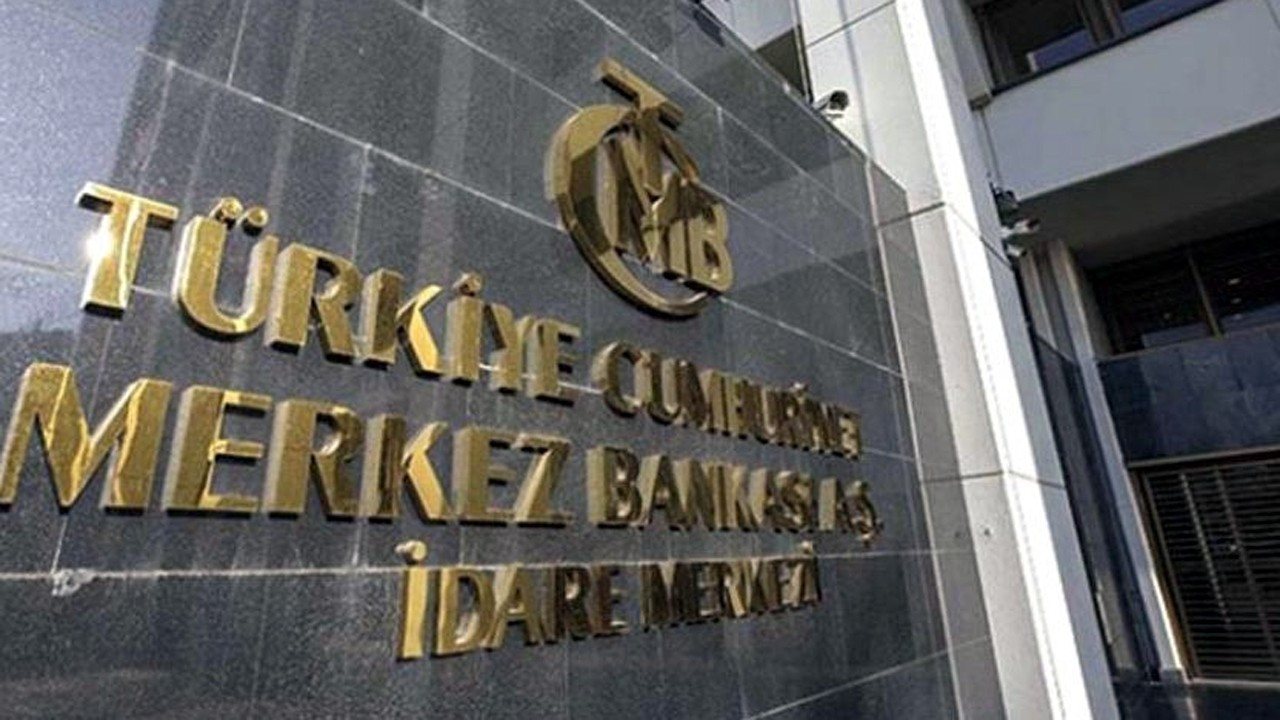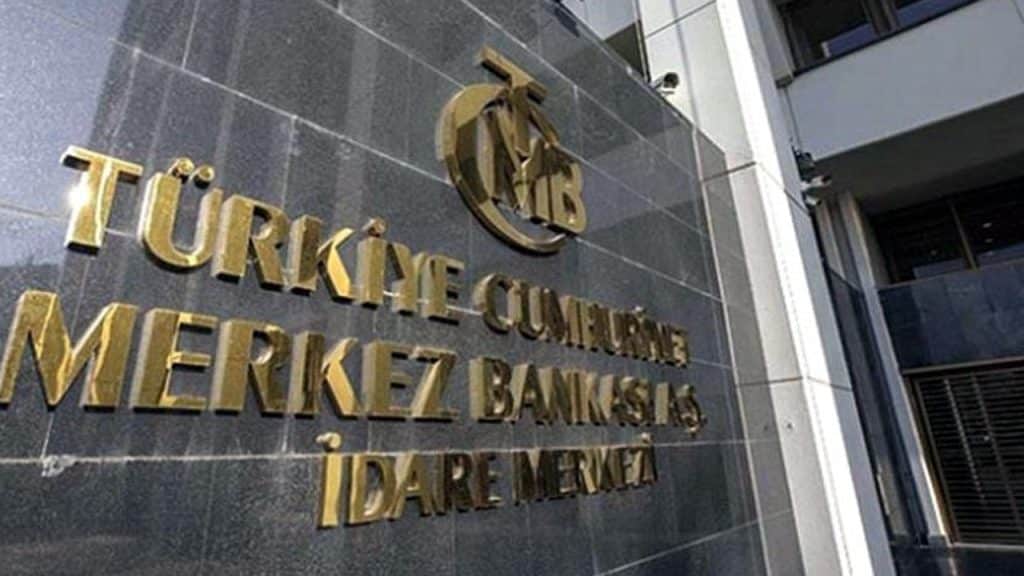
The Central Bank cut the policy rate by 150 points from 10.50 percent to 9 percent. The policy rate, which was last in single digits in September 2020, thus declined to single digits for the first time in 2 years. The CBRT pointed out in the resolution text that the current policy rate was at a sufficient level considering the increasing risks regarding global demand and it was decided to end the interest rate cut cycle that started in August. The CBRT stated that additional measures will be taken to support monetary transfer and the policies to be implemented will be published in the 2023 currency-exchange text. The Central Bank’s Monetary Policy Committee stated that the weakening effect of geopolitical risks on economic activity around the world continues to increase, and that global growth forecasts for the upcoming period continue to be updated downwards and that recession is an inevitable risk factor. The CBRT stated that although the negative effects of supply constraints in some sectors, especially basic food, were reduced thanks to the strategic solution tools developed by Turkey, the upward trend in producer and consumer prices on an international scale continued.
“The effects of global inflation are being watched closely”
Stating that the effects of high global inflation on inflation expectations and international financial markets are closely monitored, the CBRT stated that the central banks of developed countries emphasized that the rise in inflation may take longer than expected due to high energy prices, supply-demand mismatch and rigidity in labor markets. Emphasizing that the divergence continues in the monetary policy steps and communications of the central banks of developed countries due to the differing economic outlook between countries, the CBRT said that their efforts to find solutions to the increasing uncertainties in financial markets with new supportive practices and tools developed by central banks continue. The CBRT also referred to Turkey’s growth outlook in the resolution text. Regarding the subject, the Bank said, “There was a strong growth in the first half of 2022. Leading indicators for the second half of the year, on the other hand, point out that the slowdown in growth continues due to the weakening foreign demand. However, the limited effects of external demand-based pressures on the manufacturing industry on domestic demand and supply capacity are becoming more evident for now. Employment gains are more positive than comparable economies. Especially considering the sectors that contribute to the increase in employment, it is seen that the growth dynamics are supported by structural gains. Stating that the share of sustainable components in the growth composition has increased, the CBRT stated that the strong contribution of tourism to the current account balance, exceeding expectations, continues, while the high course in energy prices and the possibility of a recession in the main export markets keep the risks on the current account balance alive. According to the CBRT, permanent current account balance at sustainable levels is important for price stability.
Emphasis on credit growth rate
In the text of the decision, it was stated that the growth rate of the loans and the meeting of the financial resources reached with the economic activity in accordance with the purpose were closely followed. The CBRT emphasized that the balance reached by the policy-credit rate gap, which has opened significantly recently, with the contribution of the announced macroprudential measures, is also closely monitored.
“Strong negative supply shocks continue to be effective”
In the announcement, it was stated that the lagged and indirect effects of energy cost increases caused by geopolitical developments, the effects of pricing formations far from economic fundamentals, and strong negative supply shocks caused by increases in global energy, food and agricultural commodity prices continued to be influential in the rise in inflation. In the announcement that the Board predicts that the disinflationary process will begin with the re-establishment of the global peace environment, together with the steps taken to strengthen sustainable price stability and financial stability, the effects of the decreasing foreign demand on aggregate demand conditions and production are closely monitored. It is critical that financial conditions be supportive in terms of sustaining the acceleration in industrial production and the increasing trend in employment, and the sustainability of structural gains in supply and investment capacity, in a period when uncertainties regarding global growth and geopolitical risks have increased even more. expressions were used.
“Review for liraization continues”
In the announcement, it was stated that a comprehensive policy framework review process that encourages permanent and strengthened liraization in all policy instruments of the CBRT in order to institutionalize price stability in a sustainable manner continues, and emphasized the following: “Credit, collateral and liquidity policy steps whose evaluation processes have been completed It will continue to be used to strengthen the effectiveness of the mechanism. In line with its main objective of price stability, the CBRT will resolutely continue to use all the tools at its disposal within the framework of the liraization strategy, until strong indicators pointing to a permanent decline in inflation emerge and the medium-term 5 percent target is achieved. The stability to be achieved in the general level of prices will positively affect macroeconomic stability and financial stability through the decrease in country risk premiums, the continuation of reverse currency substitution and the upward trend in foreign exchange reserves, and the permanent decline in financing costs. Thus, a suitable ground will be created for the continuation of investment, production and employment growth in a healthy and sustainable way.
Nabati: Market rates will also decrease to single digits
Treasury and Finance Minister Nureddin Nebati said that thanks to the economic policies, the policy rate fell back to single digits after 2 years. Nebati said, “With the contribution of the policies we have implemented within the scope of our Turkish Economy Model and the measures taken by our institutions in a coordinated manner, the policy-credit interest gap is gradually closing. In this way, we expect market interest rates to decrease to single-digit levels in the coming period as well.”
Reserve at $122.9 billion, the highest level of the year
Total reserves of the Central Bank increased by 5 billion 362 million dollars in the week of 18 November compared to the previous week and reached the highest level of the year with 122 billion 885 million dollars. Accordingly, as of November 18, the gross foreign exchange reserves of the Central Bank increased by 3 billion 409 million dollars to 80 billion 30 million dollars.
A professional writer by day, a tech-nerd by night, with a love for all things money.

